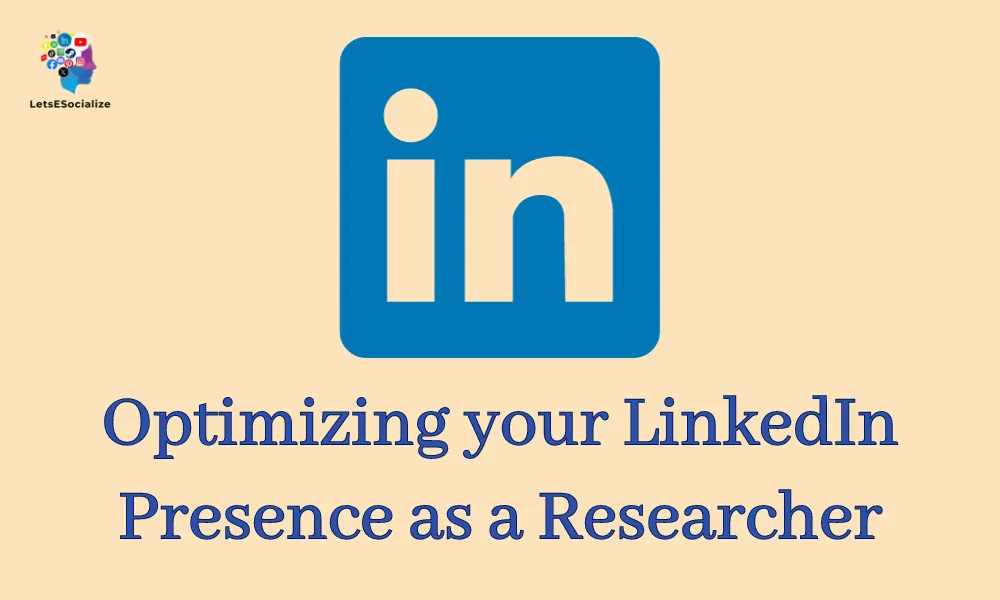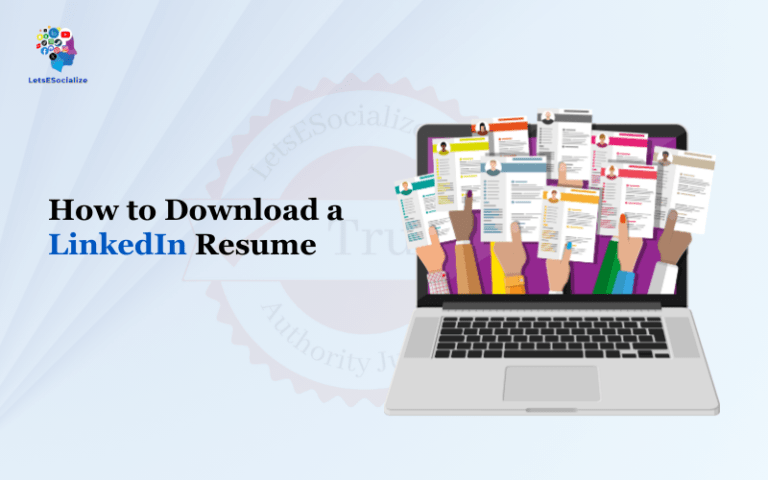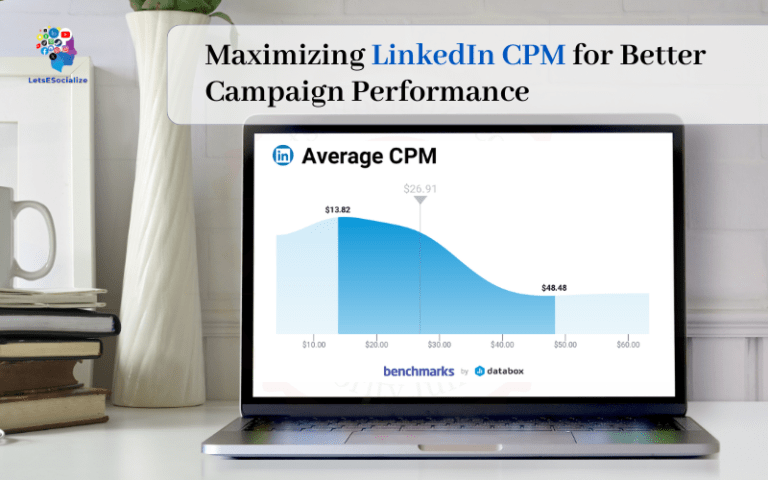Optimizing your LinkedIn profile and activity allows you to demonstrate your expertise, connect with prominent voices in your field, and establish yourself as an authoritative thought leader.
This comprehensive guide will provide actionable strategies researchers can use to maximize their LinkedIn presence and leverage it to advance their careers.
Table of Contents
Why Optimize Your LinkedIn Presence as a Researcher
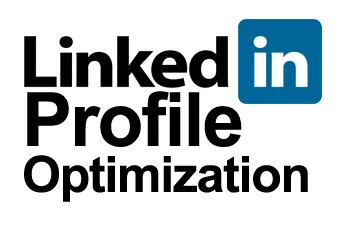
Here are some of the key benefits researchers can gain from purposefully cultivating an influential LinkedIn presence:
- Showcase your thought leadership – Share insights, analysis, and publications to exhibit your subject matter expertise.
- Grow your professional network – Connect with researchers from top institutions, policymakers, journal editors, and other key figures.
- Boost discoverability – Get found by media, conference organizers, and recruiters seeking expert sources.
- Promote your work – Publicize publications, projects, and conferences to expand their reach.
- Crowdsource information – Tap into collective knowledge by posing questions to your connections.
- Track industry trends – Follow hashtags and influencers to stay on top of emerging developments.
- Uncover funding opportunities – Connect with leaders at foundations and agencies offering research grants.
- Enable collaboration – Discover researchers in complementary fields to cross-pollinate ideas.
- Quantify impact – Use page analytics to measure engagement with your profile and posts.
Researchers have much to gain from developing their brand and network on LinkedIn. But where to start?
Also Read – How to Create a Content Calendar for Your LinkedIn Blog
Optimizing Key Sections of Your LinkedIn Profile

Your LinkedIn profile serves as the core foundation of your presence on the platform. Ensuring it is comprehensive and optimized makes it easy for the right people to find and learn about you.
Professional Headline
Your headline appears prominently atop your profile. Make it descriptive using keywords relevant to your expertise, like “Immunology Researcher | Vaccine Development”.
Profile Photo
Use a high-quality headshot that looks professional. This builds credibility at a glance before viewers read your content.
About Section
Briefly summarize your background, specialties, academic credentials, and achievements. Include keywords and phrases media or event hosts may search when looking for expert sources.
Experience
Detail your research role responsibilities, departments, institutions, major project contributions, and publications.
Education
List all degrees, fields of study, and thesis topics, as well as any special honors and awards from your academics.
Skills & Endorsements
Include technical abilities, methodologies, instruments, tools, software, coding languages, and techniques relevant to your work. Ask colleagues who have witnessed these skills to endorse you.
Accomplishments
Highlight influential presentations, patents, seminal articles, grants awarded, and key projects delivered over your career.
Recommendations
Request brief testimonials from advisors, collaborators, and mentees highlighting your capabilities and character.
Contact Info
Provide details on your department, university, mailing address, email, and phone number so people can get in touch.
Expanding Your Network Strategically
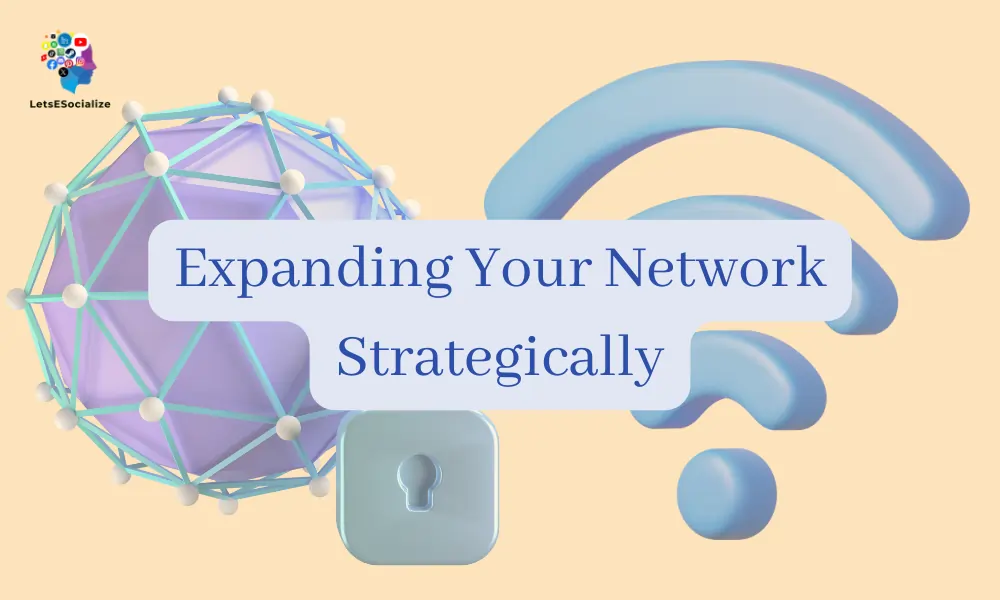
Growing your connections with other acclaimed researchers, funding providers, policymakers, media contacts, and industry players will create opportunities and elevate your reputation.
Connect with fellow academics
Search for researchers at top universities doing related work and engage with their posts. Follow leading professors even if not direct connections.
Find editors of journals you read and publish in
Interact with their posts and pitch article ideas to build relationships with gatekeepers.
Follow executives at prominent funding bodies
Comment on their content and share your work. Get on their radar for grants and fellowships.
Connect with science reporters
Offer yourself as a source for relevant emerging stories. Share their articles to stay engaged.
Join industry discussion groups
Participate in high-value groups related to your domain like Immunology Research Forum.
Follow conference organizers and speakers
Comment on their posts and volunteer as a speaker yourself at relevant events.
Connect with policy advisors
Comment on their posts and offer your expertise to assist with initiatives requiring scientific input.
The more diverse yet strategic professional relationships you build on LinkedIn, the more opportunities will arise through your network.
Establishing Thought Leadership With Compelling Content

Publishing regular, insightful content positions you as an expert and directs more eyes to your profile.
Share summaries of your latest published papers
Post overviews of your recent studies and findings to highlight your work. Link to the full paper.
Comment on emerging news related to your field
Offer your expert perspective on current events and research by other scholars.
Pose open-ended questions to spark discussion
What are the big unknowns? Which technologies seem promising? Invite dialogue.
Analyze trends across your industry’s latest research
Share big picture syntheses revealing broader patterns in knowledge.
Report back from conferences you attend
Post photos, key learnings, memorable speakers, and session highlights.
Share general scientific explainers
Demystify complex principles and techniques for general audiences with accessible analogies.
Highlight your colleagues’ great work
Cross-promote fellow standout researchers at your institution and in your network.
Give behind-the-scenes looks at your lab or fieldwork
Post photos and videos that showcase the day-to-day experience of active research.
Advise students interested in a research career
Provide tips on critical skills, top programs, funding options, and habits for success.
Spotlight your awards and grants
Let your network know about the recognition and funding your work has received.
Promote your media appearances and quotes
Repost links to any radio, TV, blog, or news articles featuring your commentary.
Post consistently to build authority and keep your original perspectives and accomplishments top of mind with your community.
Participating in LinkedIn Groups and Discussions
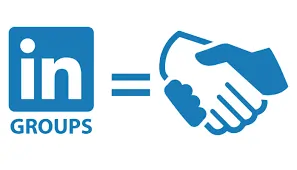
Joining relevant groups and engaging in their conversations expands your reach and surfaces promising opportunities through collective insights.
Scientific Researcher Discussion Group
Connect with researchers across all disciplines to trade insights on trends, techniques, and experiences.
Higher Education Research Forum
Discuss research issues and developments unique to academia like funding and policy.
My University Alumni Group
Stay connected to fellow graduates and build affinity for your institution.
Immunology Research Community
Dive deep into discussions around recent advances and new findings in your specific domain.
Science Journal Editor Forum
Gain insight into the publishing world by interacting with influencers who shape what research gets visibility.
My Local City Network
Connect with other researchers and professionals in your geographic community.
Comment on Group Discussions
Offer your perspective on conversations happening within your groups to stand out as an engaged expert member.
Ask for Input on Questions
Crowdsource advice from your networks on issues, roadblocks, or ideas you want feedback on.
Share Your Content and Profile
Redirect discussions to your posts, profile, and contact info when relevant so others learn about you.
Being an active participant in group conversations accelerates your exposure and relationship building.
Tracking and Showcasing Your LinkedIn Impact
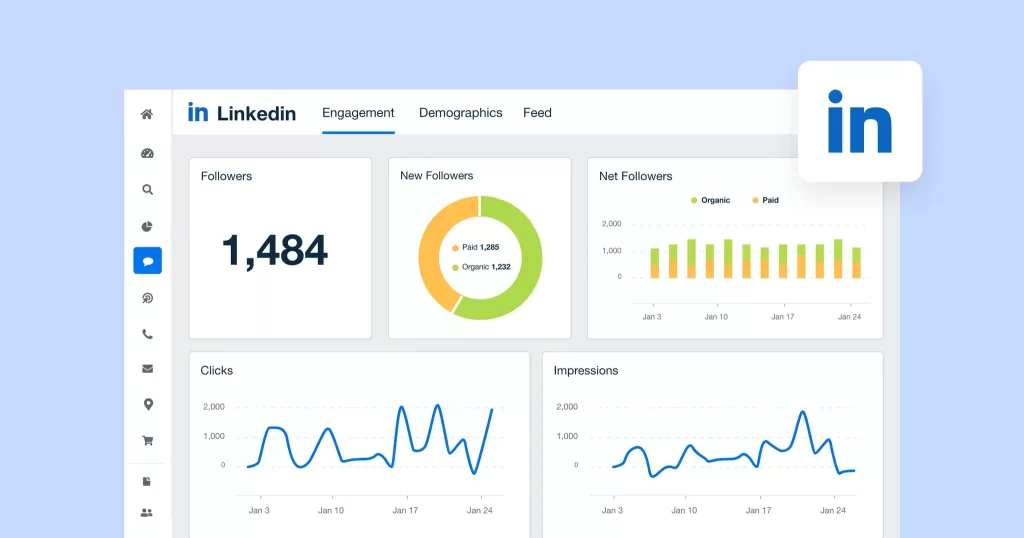
Leverage LinkedIn’s analytics to quantify the reach and response your profile and posts are getting. Highlight your influence in your achievements.
Followers
Feature total followers and follower growth over time to showcase your audience scale.
Profile Views
Track weekly and monthly views to indicate how frequently you’re being discovered.
Post Likes, Comments, Shares
Collect key metrics on how readers are interacting with your content.
Mentions
Monitor when others reference you or your work in their posts and articles.
Profile Visitors
View which companies and titles are accessing your profile.
Content Recommendations
See which pieces LinkedIn is suggesting based on your engagement, underscoring value.
Feature Your Most Liked & Shared Posts
Showcase your top-performing content that resonates with your audience.
Spotlight Complimentary Comments
Rotate positive pull quotes and testimonials from others on your profile.
Quantifying your impact substantiates the influence you’ve built, lending you more credibility.
Connecting With Fellow Researchers Through Direct Messages
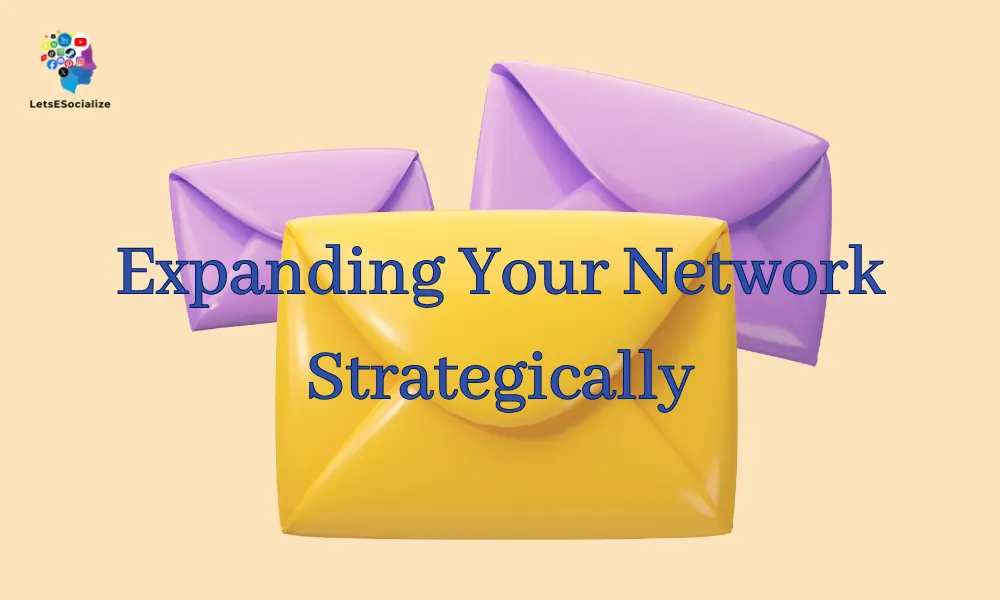
Personalized outreach via InMail messages develops stronger professional bonds that feel exclusive compared to public posts.
Introduce Yourself and Your Research
Proactively reach out to researchers you admire and want to connect with.
Follow Up After Conferences & Events
Continue conversations started in real life by connecting via LinkedIn messaging after you’ve met in person.
Share a New Paper or Discovery
If you think someone would find your latest work specifically interesting, send it to them directly with context.
Forward Funding Opportunities
If you discover grants, fellowships, or openings a connection might qualify for, notify them.
Ask for Feedback on a Proposal
Request knowledgeable peers review your abstracts, applications, or ideas before submitting them.
Give Recommendations
Offer to provide colleagues you’ve worked with recommendations highlighting their capabilities.
Discuss Potential Collaborations
Consider teaming up with researchers in complementary fields on initiatives that would benefit from collaboration.
One-to-one communication builds stronger bonds with key contacts who can become valuable partners and referrals.
Actively Engaging in Conference Pages
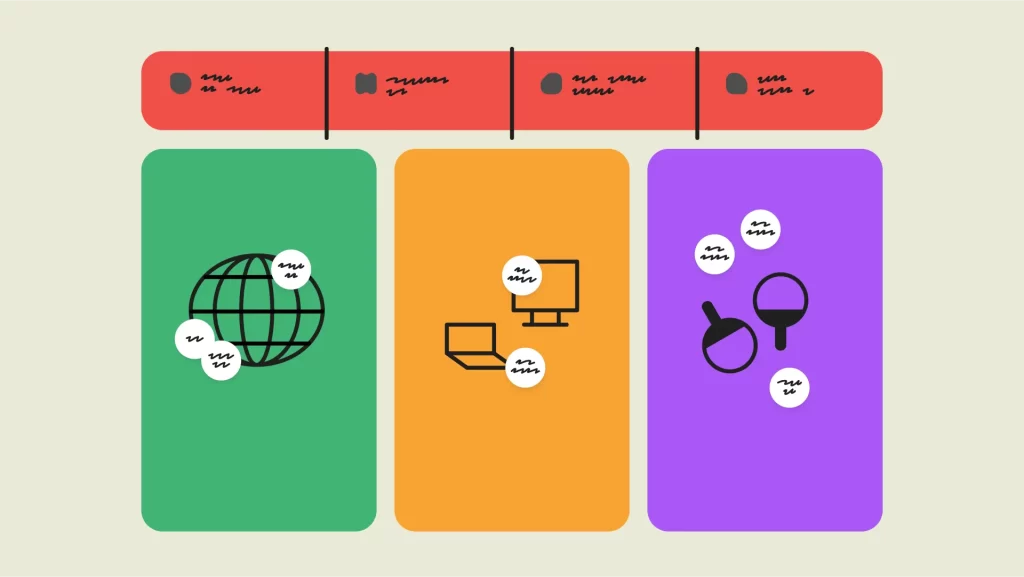
Events pages let attendees connect with conferences. As a speaker or participant, immerse yourself in the community.
Join the Event Page
Be sure to join the LinkedIn page for any conference you’re attending or speaking at to expand your presence.
Share Your Speaking Sessions
Post details on the talks and panels you’re leading at the event to promote attendance.
Congratulate Fellow Speakers
Comment on other presenters you look forward to hearing from to establish camaraderie.
Share Recap Posts During the Event
Post photos, quotes, key learnings, and highlights of the conference as it happens.
Continue Discussions Post-Event
Keep conversations going by creating LinkedIn posts posed as follow-up questions to your session.
Thank Organizers
Recognize the event planners for their efforts in executing a great conference and experience.
Stay Engaged with Attendees
Like and comment on shared content during and after the event to interact with other attendees.
Being an active member in event communities leaves a lasting positive impression long after the conference concludes.
Also Read – How to Gift a Twitter Blue Subscription
Best Practices For Maximizing LinkedIn Engagement
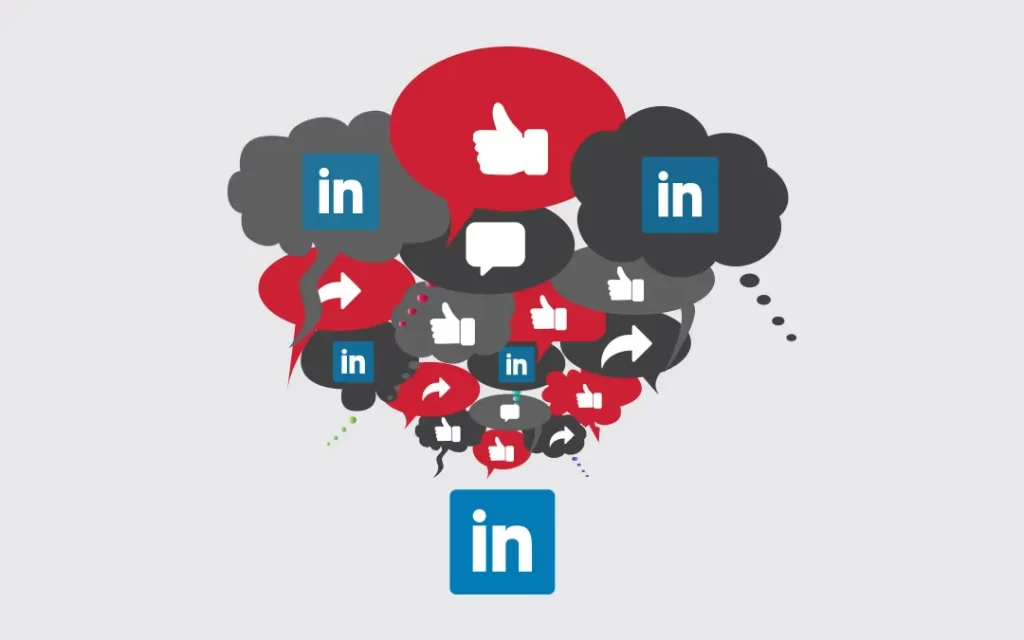
Apply these proven tips to increase profile views, connections, post reach, and overall impact.
Choose Compelling Profile Images
Photos with warm, genuine smiles in professional dress attract more views and connections.
Customize Your Profile URL
Make it simple like linkedin.com/in/firstnamelastname to drive name recognition.
Add Rich Media to Posts
Photos, videos, presentations, and infographics capture attention and amplify reach.
Post Consistently
Regular activity keeps you top of mind. Aim for 2-3 posts per week.
Follow Influencers in Your Domain
Stay on their radar by engaging with their content. Eventually, connect directly.
Share Others’ Content Strategically
Commenting on and sharing posts by leaders raises your visibility with their networks.
Vary Content Types & Topics
Mix industry insights, career advice, conference highlights, research findings, etc. to attract diverse audiences.
Monitor Notifications
Reply quickly to comments, mentions, shares, and messages to sustain conversations.
Ask Open-Ended Questions
Posts that invite dialogue spark more responses. “What do you think about…?”
Use Targeted Hashtags
Include relevant hashtags like #neuroscience or #STEM to reach engaged niche communities.
Smart profile management plus consistent, savvy engagement equals LinkedIn authority.
Conclusion: Continually Elevate Your Presence
With a comprehensive, optimized profile and deliberate relationship-building content and outreach, you can establish yourself as an influential voice researchers want to connect with.
But maximizing your impact requires continually expanding your reach, creating value, and monitoring your analytics to identify what resonates.
Make it a goal to gradually increase your followers, build strategic connections with prominent figures in your field, and consistently share insights that exhibit your expertise.
The power of LinkedIn is allowing professionals to shape their brand and trajectory. For researchers, it represents an invaluable channel for discovery, collaboration, and impact.
What other strategies have you found effective for optimizing LinkedIn as a researcher? Please share your experiences and insights below!

